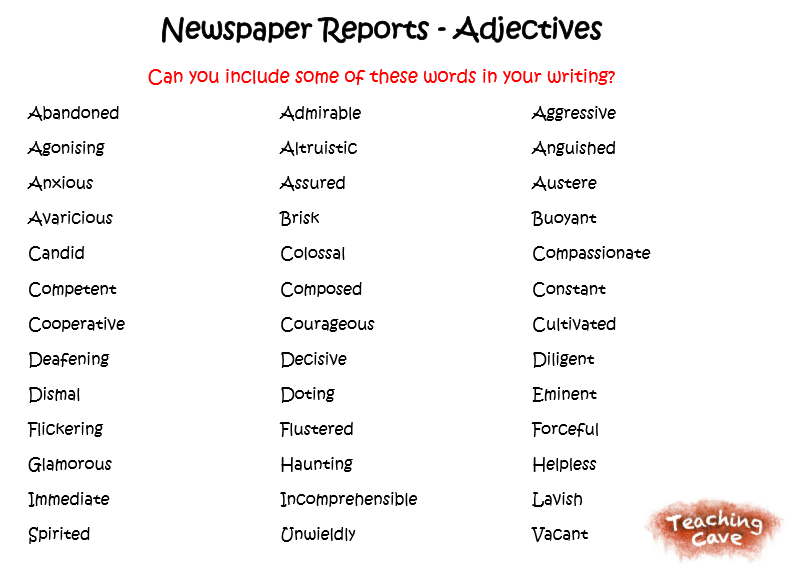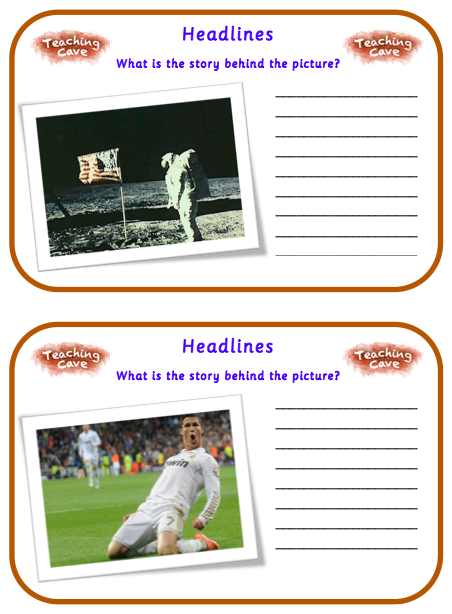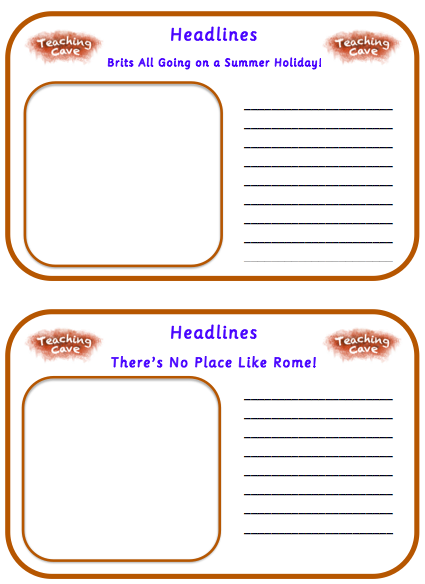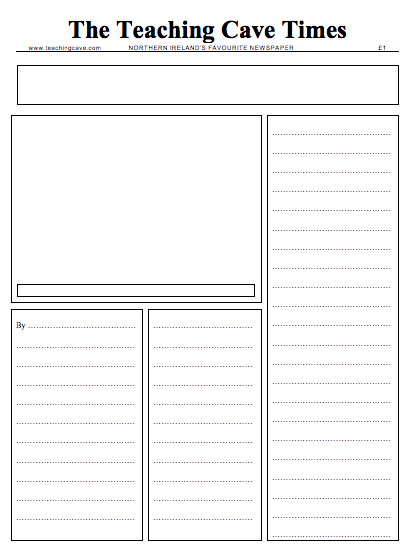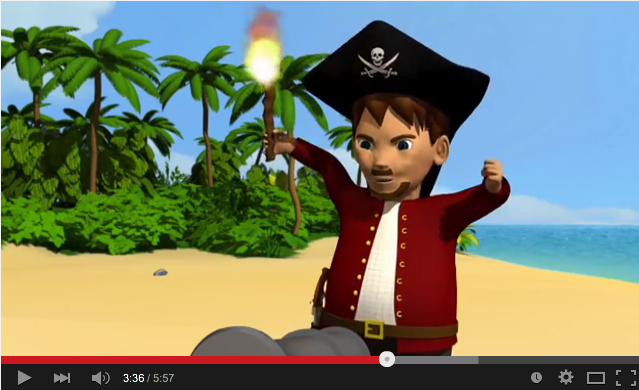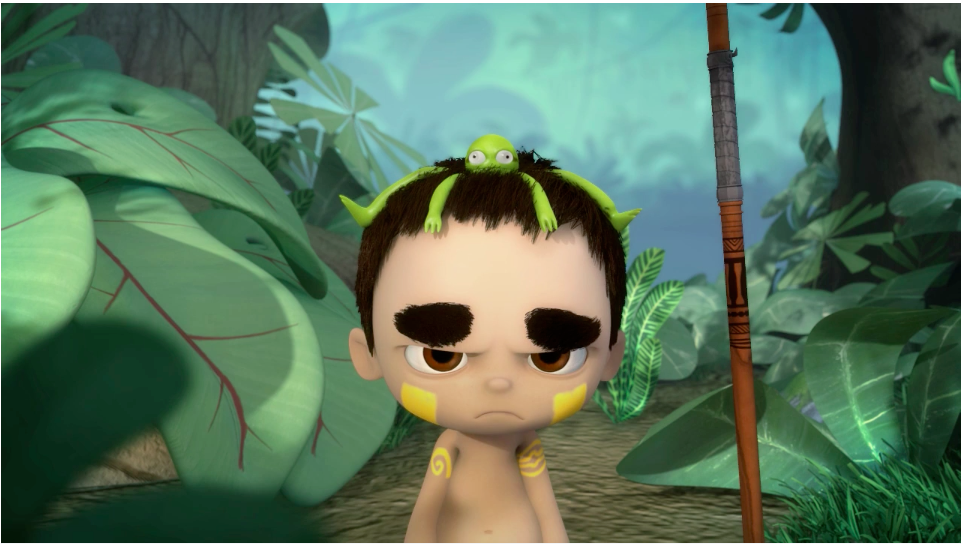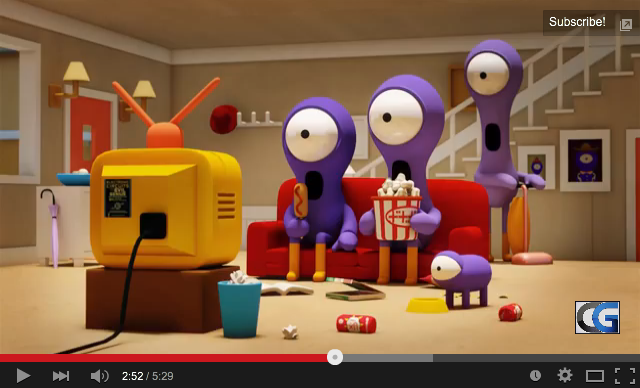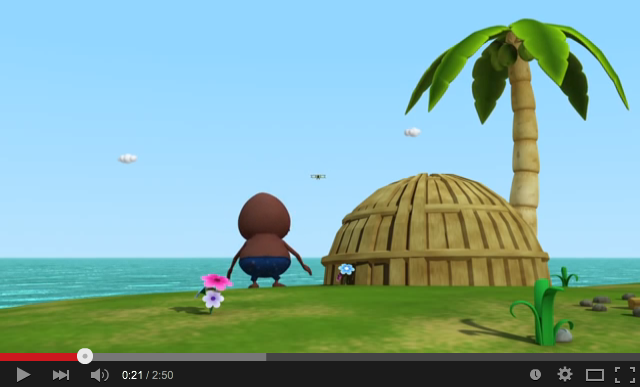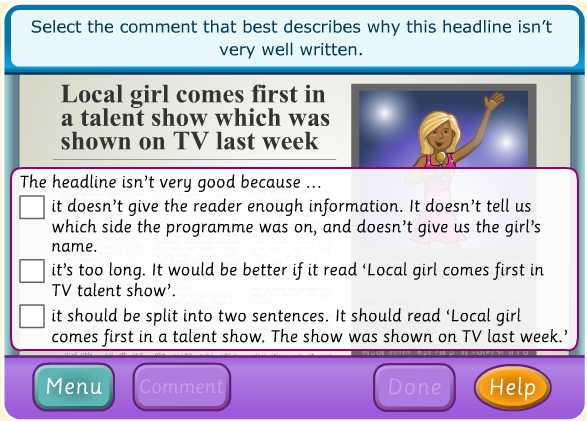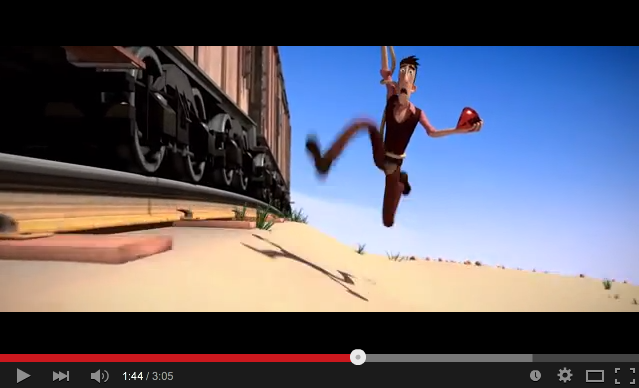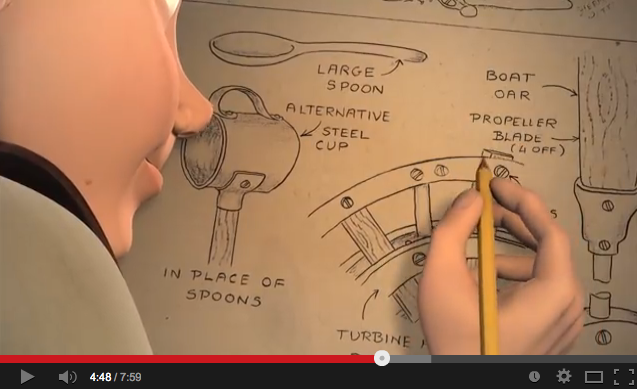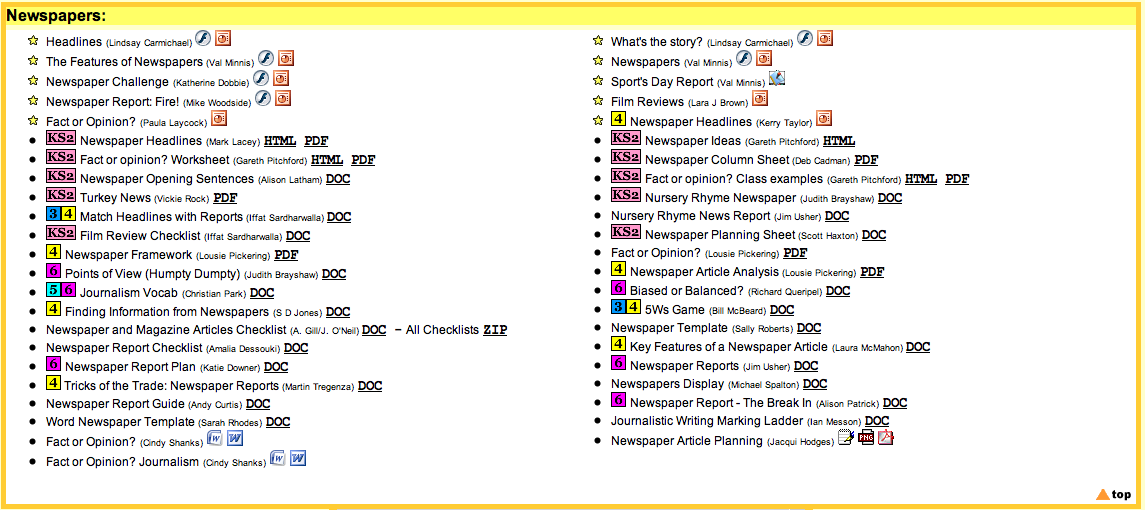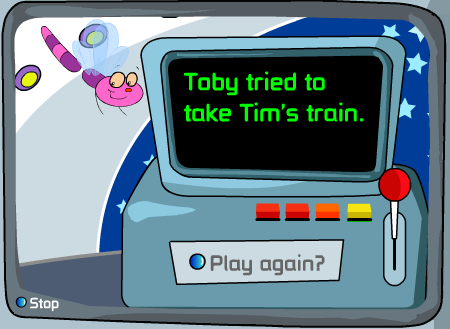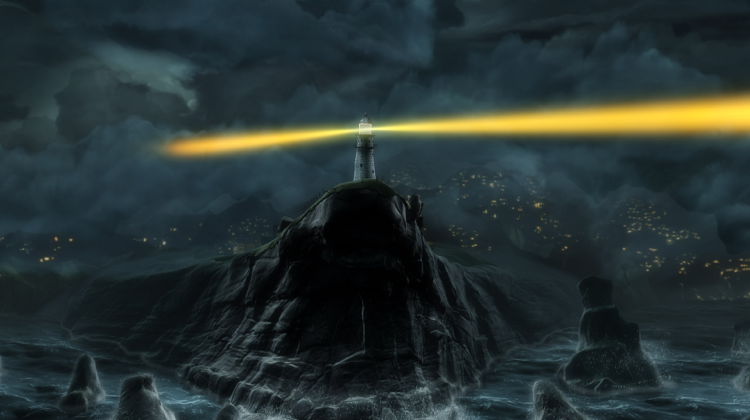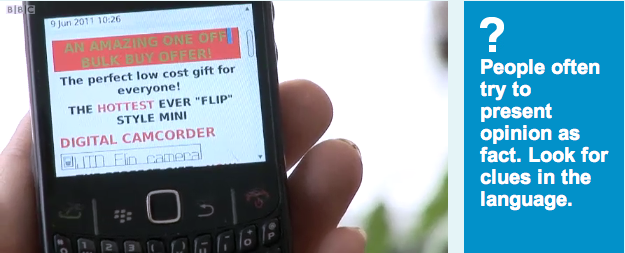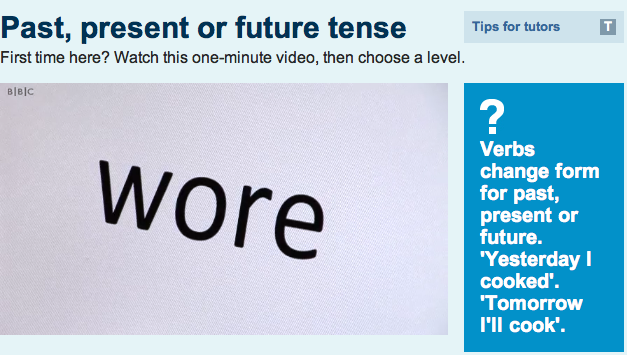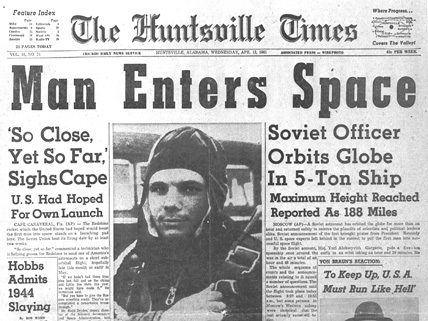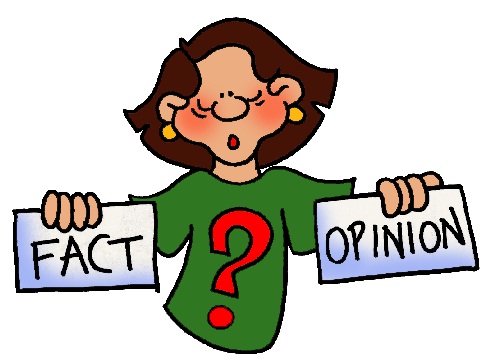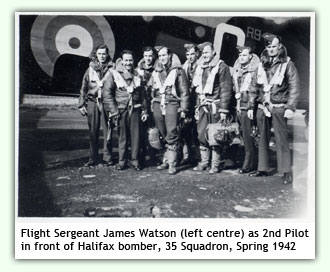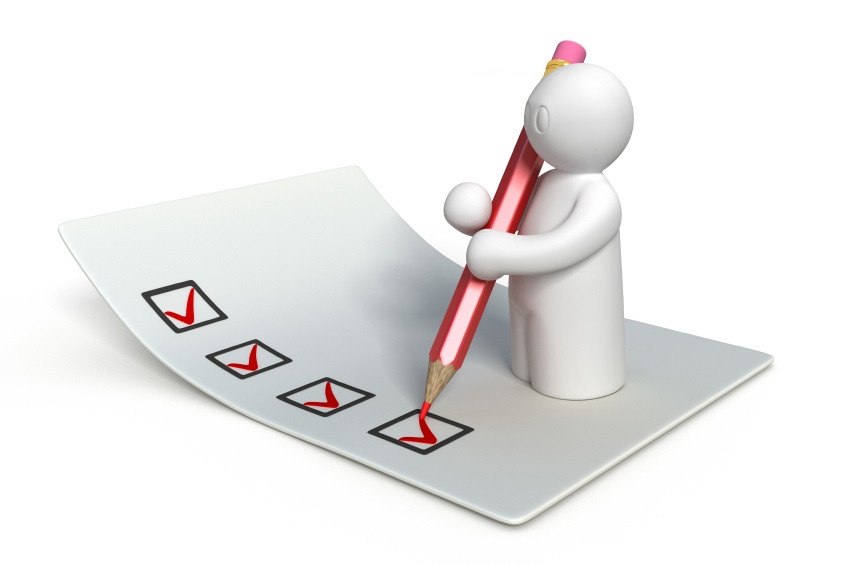Literacy – Newspaper Reports
GreenScreen and Newspaper Reports
Overview
Bring your newspaper reporting to life using the Greenscreen app for the iPad.
This allows your children to develop their talking and listening skills, and it also gives them a chance to prepare a script and deliver it on camera.
Newspaper Reports - Word Pack
Encourage your children to develop their vocabulary further by downloading our word pack for Newspaper Reports.
If you are looking for a pack to improve the vocabulary your children use and include in their writing, then this is the resource for you.
Headlines and Captions
This is a printable resource that allows your class to create a short caption using a picture as a stimulus.
The children must look very carefully and explain what they think is happening in the eight pictures shown.
This activity ensure children are concise and informative with their writing as there is a limited space. Encourage your class to also think about an underlying message behind the picture. What is the picture telling us and why?
This is a great way to introduce your newspaper reports and allow children to think about how a picture can be worth one thousand words.
Headlines, Picture and Captions
In this resource there has been a clever headline given to each card. The children must draw a picture and write a short introduction/caption to the newspaper article.
It is great to see the different angles your class take using the same headlines.
Customisable Newspaper Template
This is a customisable newspaper template which can be easily adapted to suit your topic.
World News
This is a fantastic resource that keeps children up to date with current affairs around the world.
This ‘Kids Newspaper’ is delivered by email every two weeks.
Benny's Booty
This animation is a great resource to improve the quality of narrative writing in your KS1/KS2 class. Encourage your class to be as creative and adventurous as possible with their story.
Benny is having trouble opening his treasure chest. Find out what happens.
KS1/KS2 Classroom?
– All your children could retell the story in third person. Encourage the children to put their own twist to the story.
– Hot seating activity: Interview the pirate, crab and treasure chest and gain an insight from their perspective.
– Write a piece from the perspective of the chest in the first person. Ensure the children build up the story to the problem. I’m sure there is history to this treasure chest, after all, it was buried there by someone.
– Create a wanted poster for Benny the Pirate for stealing the chest. Include descriptions, past crimes, slogans, known associates, Places visited etc.
– Write a newspaper report about Benny and interview him. Create a news article about how Benny was when he was little, interview classmates etc. Then discuss how his life has built up to becoming a pirate.
Titanic
You could create a newspaper report linked to the RMS Titanic. We have pages dedicated to character profiles, facts, video clips and much more to help the children gain an insight to the story of the Titanic.
KS1/KS2 Classroom
Create different newspaper reports throughout the journey from the building to aftermath. This would make a fantastic wall display to show the story as it unfolds.
Pre Launch
Some children could start with the pre-launch story, interviewing Captain Smith, Thomas Andrews, Bruce Ismay, John Jacob Astor and some of the workers discussing the planning and building process etc.
Launch Day
Others could write about the launch day itself, interview passengers, onlookers taking in thoughts, opinions and observations made.
Sinking
After the news has broken out about the sinking, this report could be about the survivor observations, Carpathia Captain’s thoughts as the distress call was made.
100 years later
This newspaper report could show how the Titanic is still talked about. The visitor’s centre, the Titanic footprint (Thompson Graving Dock) etc.
Visit out Titanic Page http://www.teachingcave.com/world-around-us/ks2/topics/titanic/
Rite of Passage
Story
Toki’s tribe expects him to bring home the head of the biggest animal possible. In return, he will receive honor and respect. However, this rite of passage does not turn out as planned. With the help of a colorful new friend, he achieves something much bigger.
How could this be used in your KS1/KS2 Classroom?
– Create a newspaper report about a tribe and a tribe member.
– You can create one based on research and facts or you can make one up entirely.
Johnny Express
It’s 2150, and there are all sorts of Aliens living throughout space.
Johnny is a Space Delivery Man who travels to different planets to deliver packages.
Johnny is lazy and his only desire is to sleep in his autopilot spaceship. When the spaceship arrives at the destination, all he has to do is simply deliver the box.
However, it never goes as planned. Johnny encounters strange and bizarre planets and always seems to cause trouble on his delivery route. Will he be able to finish his mission without trouble?
– Create a newspaper report on the events from an alien perspective about “The Gaint’. Have they has visits like this one before?
– Create observation notes from the perspectives of the aliens and Johnny. Explore thoughts, feelings and observations made.
The Island
Another fantastic teaching resource to help inspire your children and improve the quality of their writing.
This animation is a great introduction to writing a narrative of one night on an island.
– Stranded on an island, what sort of things would you get up to?
– Write the beginning of the story. How did Mr Lonely get here? Was he always here alone? How long has he been on the island?
– Hot seating/Character study – Why does Mr Lonely not want off the island?
– Write a newspaper report about the mystery of the island in terms of the planes going missing. Imagine no one has ever seen Mr Lonely. Link to the Bermuda Triangle.
Headlines
An activity to explore headlines in papers and their purpose. In this game, the children must spot the issues with the headlines.
Wanted
Two criminals plan a great train robbery. A great opportunity for your children to write some inspiring newspaper reports.
– Create a wanted poster with character descriptions. Include physical descriptions, past crimes, slogans, known associates, places visited etc.
– Write a newspaper report and include other robberies they have committed. You could interview eye witnesses, past teachers, childhood friends, the sheriff, train drivers etc.
Wing It
This animation video shows a struggling inventor called Sherman who is in need of inspiration for developing his flying machine.
Overlooking earth are a group of aliens who are monitoring Sherman’s progression.
As the story develops, we learn that aliens were responsible for all major inventions throughout history. The aliens implant Sherman with the knowledge to create his flying machine with a twist.
KS1/KS2 Classroom
– Create a newspaper report about the final invention. See the main teaching points below.
– Allow children to create an invention of their own. Explain that the invention must improve something or help in some way.
– Character study: Did you always want to be an inventor? What inventions inspire you?
– Look at different inventions over the years. Ask the children to research independently and create an explanation for the invention they think is the best. Inventions are groundbreaking in many different ways, so be open-minded and think carefully.
Class debates
1. Which invention is the best for communicating phones or internet?
2. Which invention is best for travel?
Headlines - Alliteration
This activity allows the children to think about using alliteration to make catchy headlines.
The Lighthouse Keeper
Only the most exciting events in life make the headlines in newspapers. Nothing makes a more exciting report than the story of the lighthouse.
KS1/KS2 Classroom
– Show the video below to your class and inspire your children to write their own report of the series of events leading up to the solution.
– You could create an alternative ending for this story.
– The story of the lighthouse is a useful resource when teaching newspaper reports and non-fiction to KS1 and KS2 children.
– This story illuminates the importance of community spirit. Interview the different villagers and explore how the feelings of the lighthouse keeper changes throughout the story.
– Create a simple story behind where the ship was coming from. Think about the cargo it had onboard.
Fact or Opinion
A video clip introducing fact and opinions. Facts and opinions are an important part of
newspaper reports. The children must learn to recognise the differences between facts and opinions when written.
Past, Present or Future Tense?
A video clip which helps your children learn about different tenses and then as a class, you can complete the activities that follow to check understanding.
Comic Life App
Create fantastic newspaper reports using the templates provided by this app. You can choose from a variety of styles and it is very customisable.
Reporter Jargon
A newspaper report is a formal piece of writing and most reports use a stock bank of phrases, so in many ways it is easy to get it right if you can remember the kinds of words they use when writing.
Begin with thinking up a headline, this will give your report a focus and it will help you to get started. Learn the following phrases that are often used in newspaper reports:
– It was reported today that…
– Our reporter was on the scene and had this to say…
– An eye witness said…
– We managed to speak to the victim’s family who said this…
Try to write about the people in your report in an interesting way. First of all give them names, and when you refer to them in the report change the way you describe them. For example, say ‘the brave teenager’ or ‘the sixth form pupil at Redgrave School’ or perhaps even ‘the reluctant hero’.
Newspaper Report Key Features
Encourage your children to have a look at this newspaper cover. Ask them to identify the different things that stand out.
Facts and Opinions
Newspaper reports use facts and opinions to tell their stories. They often use the 5 W’s, (who, what, why, where and when) to give the reader as many facts as possible.
When the facts have been given, the person writing the newspaper report sometimes gives their opinion of the story, why it happened or the people in it.
Can you tell which of these sentences are facts and which are opinions?
The house exploded at 9.30am exactly.
The footballer gets paid too much money and isn’t playing well enough.
In Western Brazil, carnivals are lively and exciting.
Barney, the 32 year old Labrador, is the oldest dog in living memory.
Quotations
Some newspaper reports use quotations from the people involved in the story.
Quotations tell us what has been said and who said it. They can help to tell the story by giving the reader the opinions of the people involved.
Can you think how these quotations make the report more interesting for the reader?
“It was the scariest moment of my life!” the 28 year old home owner told us.
“They’re lucky to be alive!” said Sam Fenton, (35) Chief Fire Officer for Greater Manchester Fire Service.
Quotations are known as ‘direct speech’, because they report exactly what has been said by a person. Quotes are put inside speech marks ” ” . A quote is usually followed by a verb such as ‘said’ and information about who said it.
Photograph and Caption
Photos and captions help to tell the story by giving readers a snapshot of what happened, where it happened or who it happened to.
Photos need to tell the story as much as the words do. For example, what do you think a report using this picture would be about?
Photos also need a caption underneath them. A caption is a short sentence explaining what is happening in the photograph.
Report Checklist
Headline: Make your headline short and snappy. Use exciting words, alliteration or rhymes to catch the reader’s attention. Your headline needs to tell the reader what kind of story it’s going to be.
First sentence: The first sentence underneath the headline should give the reader more information on the story, and sum up what it is going to be about.
Paragraphs: Next, split your newspaper report up into paragraphs to help the reader clearly undertand the information on the story. Each new paragraph should be given a ‘subheading’. This is a very short title that tells the reader a little about what the paragraph is will about.
Past tense: Your newspaper story needs to be written in the past tense because you are reporting on something that has already happened.
Third person: Write your newspaper reports in the ‘third person’ because you are writing about somebody else. This means using the names of the people involved in the story or using ‘he’ or ‘she’, not ‘I’ or ‘me’. This makes you similar to a narrator, retelling events without being involved in the story.
Quotations: Adding quotations will make your report more interesting for the reader because it tells the story from the point of view of the people involved. Don’t forget to use speech marks!
Photos and captions: Use a photo/picture with a caption to give the reader more information about the story you are writing.
Facts and opinions: Fill your newspaper report with both facts and opinions. Facts give the reader all of the information they need by using the 5 W’s. Opinions give the point of view of the writer or of people involved in the story. With all this information, the reader can then make up their own point of view.
Summing up: Your final paragraph should sum up the story. This is usually a good place to put in your opinion.


